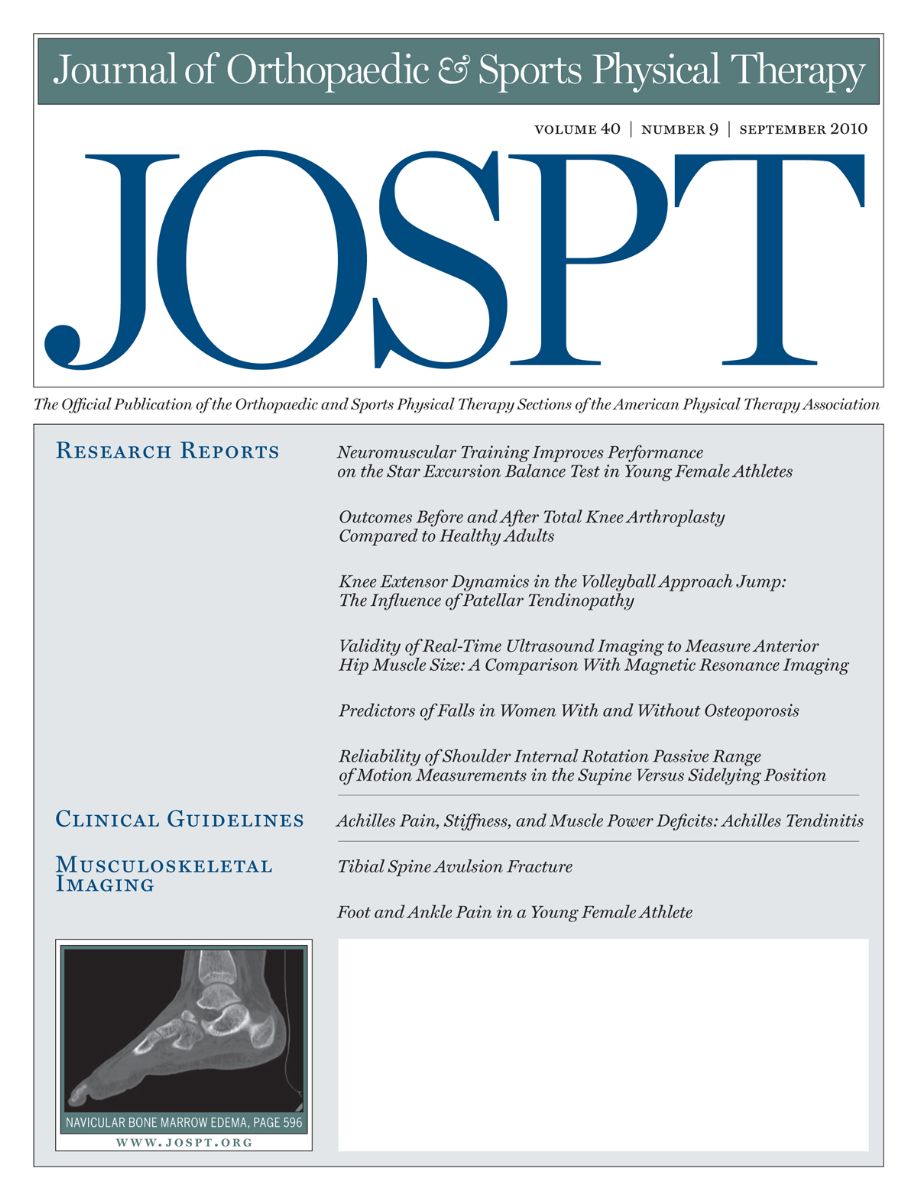
Spine
Effects of low-load motor control exercise & high-load lifting exercise in LBP treatment
This report has been verified
by one or more authors of the
original publication.
J Orthop Sports Phys Ther. 2015 Feb;45(2):77-85, B1-4.
70 patients with nociceptive mechanical low back pain were asked to participate in this study, were given education about the mechanisms of pain, and were randomized to either a low-load motor control (LMC) exercise group or a high-load lifting (HLL) exercise group. Patient-Specific Functional scale and visual analog scale (VAS) pain were the main outcomes of focus, while secondary assessments consisted of components of a physical performance test battery. Results indicated that while both groups improved in terms of pain, strength, and endurance, the low-load motor control group demonstrated more favorable Patient-Specific Functional Scale and movement control test subscale scores when compared to the high-load lifting exercise group.
Unlock the full article
Get unlimited access to OrthoEvidence with a free trial
Start TrialCritical appraisals of the latest, high-impact randomized controlled trials and systematic reviews in orthopaedics
Access to OrthoEvidence podcast content, including collaborations with the Journal of Bone and Joint Surgery, interviews with internationally recognized surgeons, and roundtable discussions on orthopaedic news and topics
Subscription to The Pulse, a twice-weekly evidence-based newsletter designed to help you make better clinical decisions
Exclusive access to original content articles, including in-house systematic reviews, and articles on health research methods and hot orthopaedic topics
Or continue reading this full article
Register Now

Subscribe to "The Pulse"
Evidence-Based Orthopaedics direct to your inbox.





































